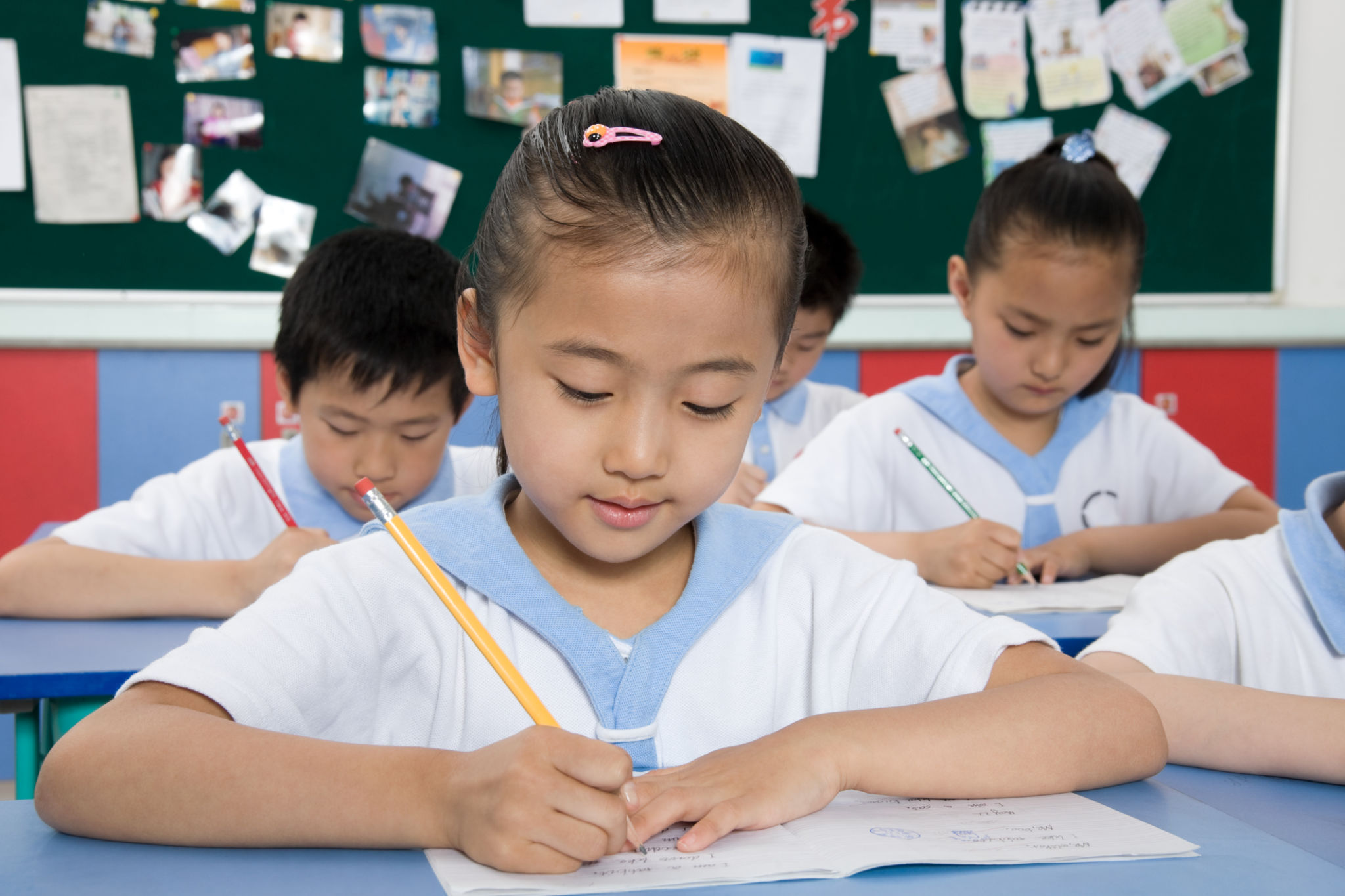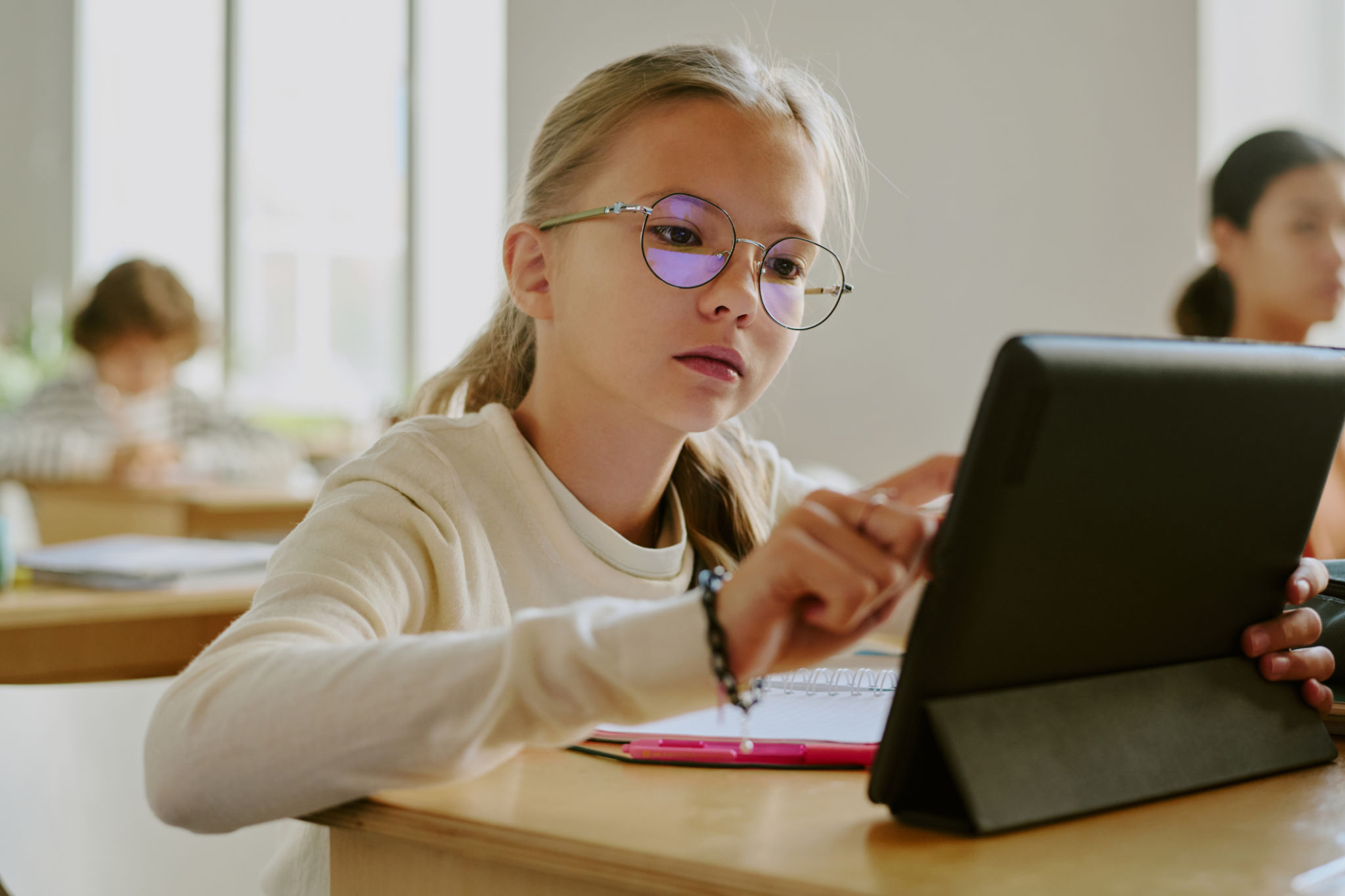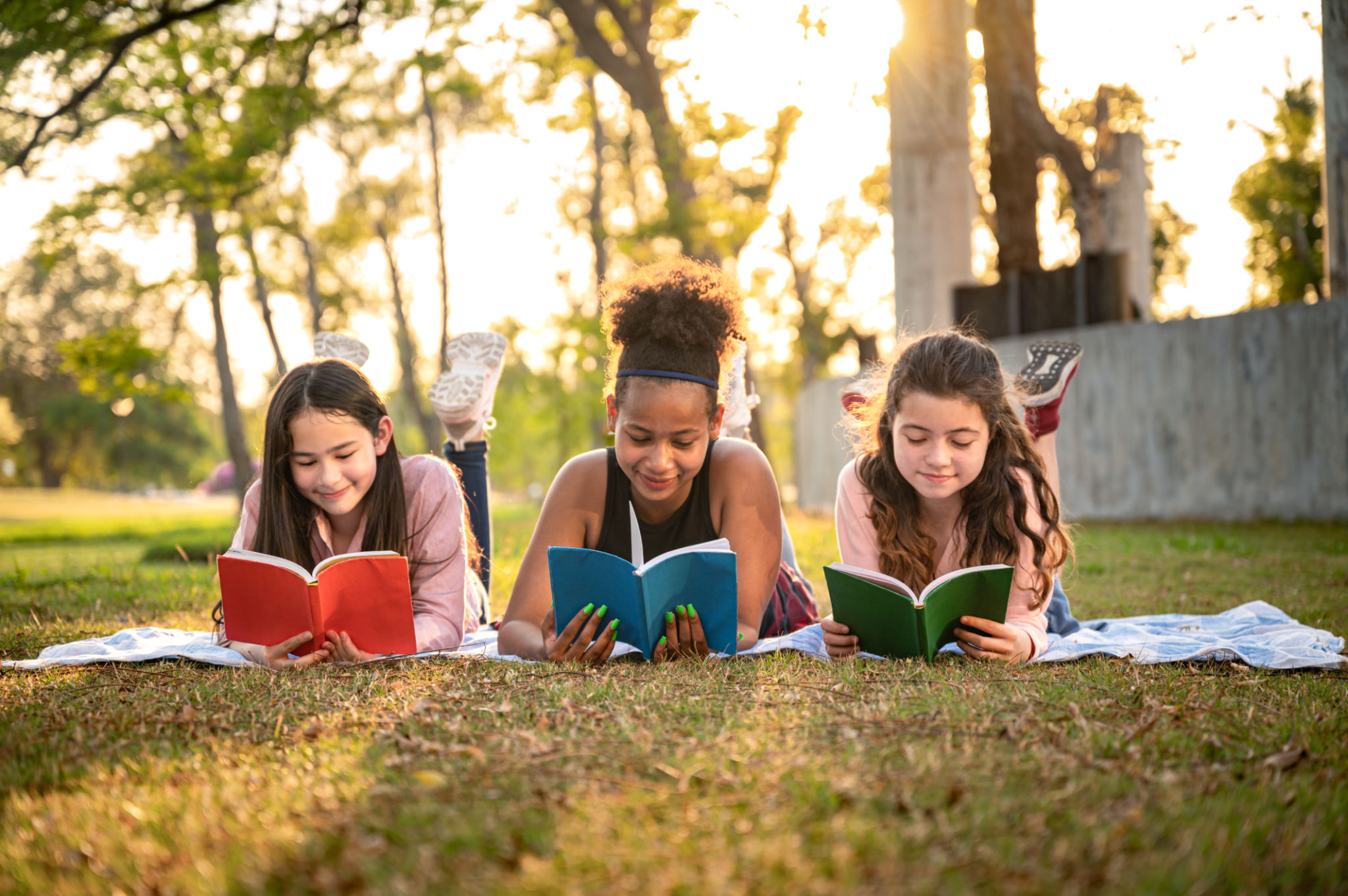Seasonal Learning: How to Keep Kids Engaged During School Breaks
Introduction to Seasonal Learning
School breaks, whether they occur during the summer, winter, or spring, often present a challenge for parents and educators. Maintaining a child's enthusiasm for learning can be difficult when they are out of the structured school environment. However, these breaks offer an excellent opportunity to engage children in seasonal learning activities that are both educational and fun. By integrating learning into everyday activities, parents can keep their children’s minds active and curious.

Embracing Nature and Outdoor Exploration
One of the best ways to engage children during school breaks is by encouraging them to explore the natural world. Nature itself is a vast classroom filled with endless learning opportunities. Parents can organize nature walks, where children can learn about different plants, animals, and ecosystems. This type of hands-on learning not only educates but also fosters a love for the environment.
Consider creating a family garden. Gardening helps children understand biology and ecology while developing patience and responsibility. Children can track plant growth, learn about the life cycle of plants, and even start a journal documenting their observations.
Outdoor Science Experiments
Outdoor science experiments are a fantastic way to keep kids engaged. Simple experiments, like creating a homemade volcano with baking soda and vinegar or studying how shadows change throughout the day, can spark curiosity and excitement about science.

Leveraging Technology for Interactive Learning
In today's digital age, technology can be a powerful tool to enhance learning at home. Educational apps and online resources provide interactive experiences that make learning enjoyable. Parents can select apps that cover a range of subjects such as math, reading, and science, ensuring that children continue to build on their school knowledge.
Virtual museum tours and online workshops are also excellent resources. Many institutions offer programs where students can explore historical sites, art galleries, or scientific exhibitions from the comfort of their homes. These virtual experiences can make learning feel like an adventure.

Creative Arts and Crafts
Arts and crafts are not only fun but also critical for developing creativity and motor skills in young learners. Encourage children to express themselves through drawing, painting, or sculpting. These activities can be themed around the season; for instance, creating snowflake patterns in winter or making leaf collages in autumn.
Parents can also introduce new crafts by using recycled materials found around the house. This not only sparks creativity but also teaches children about sustainability and resourcefulness.
Incorporating Reading and Storytelling
Reading remains one of the most effective ways to engage young minds. Establishing a daily reading routine during school breaks can help children improve their literacy skills while sparking their imagination. Create a cozy reading nook at home where children feel comfortable diving into new stories.
Storytelling sessions can also be a delightful way to bond with children. Encourage them to create their own stories or write plays that they can perform for family members. This activity enhances language skills and fosters creativity.

Family Game Time
Lastly, never underestimate the educational potential of games. Board games and puzzles can teach strategic thinking, problem-solving, and teamwork. Consider games that involve math or wordplay to subtly reinforce academic skills during playtime.
By incorporating these strategies into your child’s school break activities, you can ensure that their love for learning continues beyond the classroom walls. Seasonal learning not only enriches their education but also strengthens family bonds by making learning a shared adventure.
